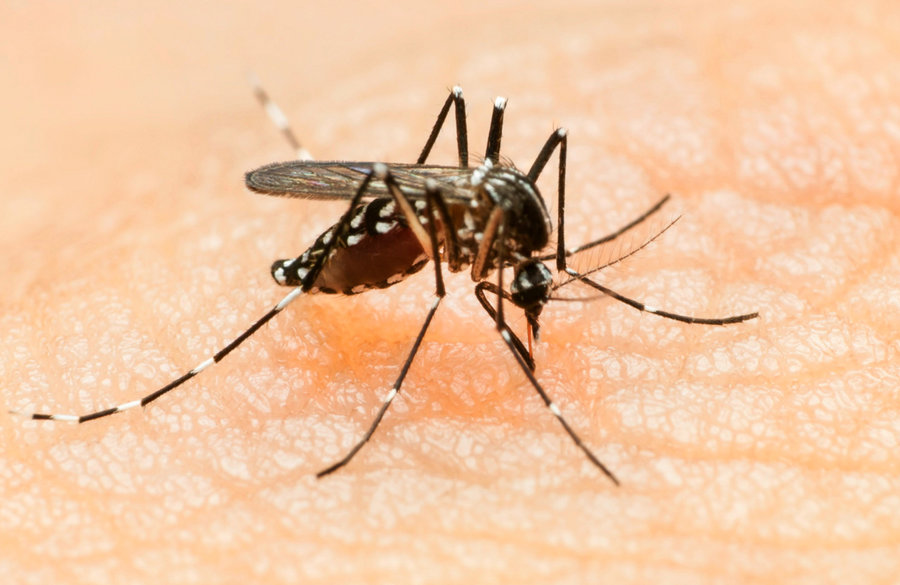By Emily Jo Manchester
Contributing Writer
Let’s be honest, people on this campus have sex.
We’ve all had neighbors that underestimate their noise levels and the squeakiness of ancient dorm room furniture.Personally, I’ve had plenty of discussions about the phenomenon with friends, had professors allude to it in class, and had Residence Assistants (RAs) lecture about it at floor meetings—it’s no secret that Bonnies get busy.
Despite our obvious sexual activity, students don’t have access to what I feel are very important resources for the sexually active. For instance, the wellness center does not offer male or female condoms or more readily available information on sexually transmitted infections (STIs) and parasites (didn’t know that was a thing? Me either, it’s called trichomoniasis and it’s scary).
I’ve asked a number of my friends outside the Bona Bubble about their universities and whether or not condoms are available to them on their campuses. All of them said yes, and a quick Google search can confirm. Universities have condoms either sold very cheaply in their bookstores or on-campus pharmacies ($1 for six at the Louisiana State University on-campus pharmacy) or set out for free at an on-campus health or wellness center (like at New York University).
The Trojan Sexual Health Report Card examined 100 public and private schools and ranked them based on availability of condoms and information on sexual health. Of the schools surveyed, 93 percent offer STI testing to their students, 24 percent offering it for free.
On top of the easily accessible condoms, universities in general are great at informing their students about the dangers of unprotected sex and the symptoms of common STIs. There are a lot of opportunities for them to do so: freshman orientation, floor programs, wellness center sponsored events, guest speakers, strategically placed posters and pamphlets.
St. Bonaventure University has all of that and yet our bookstore is condom-less and I definitely never learned anything about syphilis or ‘the clap’ from a colorful poster or strangely titled pamphlet.
The numbers are frightening. According to the Centers for Disease Control and Prevention (CDC) 20 million new STIs are diagnosed each year—nearly half of those diagnosed are people between the ages of 15 and 24. The highest rates of gonorrhea and chlamydia are in women of that same age range; gonorrhea in men is most common in those aged 20 and 24.
That’s us. We’re that age and we’re sexually active, but we’re also lazy and broke with no condoms on campus except the dusty box our older sister gave us the night before we moved in (or is that just me?)
We’re fortunate that our wellness center will test for and treat gonorrhea and chlamydia upon request. Sounds to me like a pretty obvious acknowledgement of the college sex life. Why not provide aid in preventing the spread of those diseases? Spend a little on condoms, save a lot on the antibiotics we’re probably going to need?
Let’s back up to the chances to educate, and explore an untapped gold mine of opportunity: RA job requirements.
St. Bonaventure requires its RAs to hold one floor wide event a month. Why not require at least one of those programs to cover safe sex and STI symptoms? Or the antique, but semi-educationally effective ‘condom on a banana’ exercise? RAs are also required to adorn hallways with what are called ‘passives’ (you know those things they work really hard on only to have torn down by inconsiderate and inebriated residents?). Why not slap up some information about World Contraception Day? I mean, it’s coming up this Friday, Sept. 26.
It would be easy to implement meaningful change to the talk about sex on campus, even if Bona’s never gets around to bowls of free condoms in the wellness center or “No glove, no love!” posters in the lounges, it’s important we Bonnies know how to keep ourselves happy and healthy.








